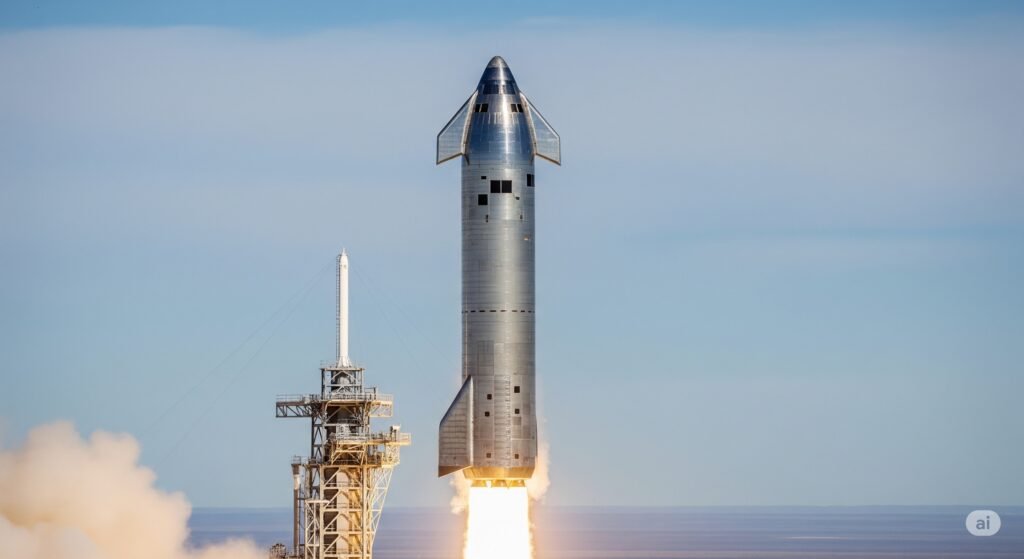SpaceX’s ambitious Starship program faced a setback as a test flight in Texas ended in an explosion. No injuries reported. What does this mean for future space travel?
The journey to Mars isn’t always smooth. SpaceX, the pioneering space exploration company led by Elon Musk, recently experienced a dramatic end to a test flight of its Starship vehicle in Texas. While the massive rocket lifted off successfully, the flight was cut short by an explosion, sending debris across the launch site. Thankfully, officials have confirmed that no injuries were sustained during the incident. This event, while visually striking, is a stark reminder of the challenges and inherent risks involved in pushing the boundaries of space technology.
Understanding the Test and the Outcome
The test flight was intended to gather crucial data on Starship’s ascent and various systems. These tests are vital steps in SpaceX’s ambitious goal of developing a fully reusable spacecraft capable of transporting humans and cargo to the Moon and Mars. While the explosion is undoubtedly a setback, it’s important to view these events within the context of iterative development. Rocket science is inherently complex, and failures during testing are often invaluable learning opportunities. Engineers will now be meticulously analyzing the data collected during the flight, as well as the wreckage, to pinpoint the cause of the explosion.
What This Means for the Future of Space Travel
The Starship program represents a significant leap in space technology. Its fully reusable design promises to drastically reduce the cost of space travel, potentially opening up new possibilities for exploration and even commercial ventures beyond Earth. While this particular test flight didn’t go as planned, it doesn’t necessarily derail the entire program. Instead, it provides critical insights that will inform future designs and test protocols. Think of it like building anything complex – there are often unexpected bumps along the road. The key is to learn from these experiences and keep moving forward.
The Importance of Testing in Space Exploration
For those of us watching from afar, these explosions can seem alarming. However, rigorous testing is an absolutely essential part of developing safe and reliable spacecraft. Each test, successful or not, provides engineers with valuable data about the vehicle’s performance under various conditions. These insights allow them to identify potential weaknesses and make necessary improvements. It’s a process of trial and error, albeit on a grand scale. These tests, even the ones that end prematurely, are crucial steps in ultimately achieving the goal of sustainable and affordable space travel.
Looking Ahead
SpaceX remains committed to its Starship vision. We can expect the company to thoroughly investigate the cause of this explosion and apply those learnings to future iterations of the spacecraft. The path to Mars is likely to have more twists and turns, but the dedication and innovation within companies like SpaceX suggest that humanity’s dream of becoming a multi-planetary species remains very much alive. While the dramatic visuals of the explosion might grab headlines, the real story lies in the relentless pursuit of knowledge and the unwavering commitment to pushing the boundaries of what’s possible.











